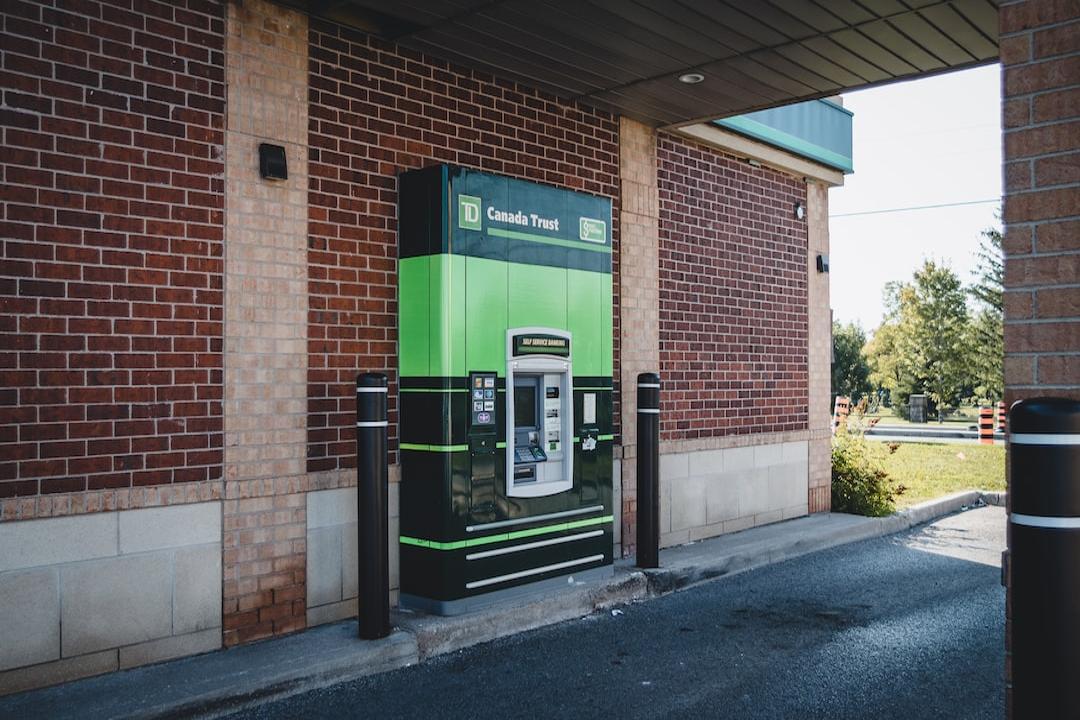The MarketVector Meme Coin Index has experienced a remarkable surge of over 137% since the start of 2024, as the leading memecoins continue to see significant growth.
In comparison, the S&P 500 index has only seen a 9.3% increase in price appreciation year-to-date (YTD), according to data from TradingView.
As of 8:52 am UTC, the memecoin index is trading at $76.60, representing a year-to-date increase of 137% and a 186% increase over the past year.
MarketVector, a subsidiary of the well-known US asset management firm VanEck, launched its memecoin index on October 31, 2021. This index includes the six largest memecoins: Dogecoin (DOGE) with a 30.7% allocation, Shiba Inu (SHIB) with a 28.3% allocation, Pepe (PEPE) with a 14.5% allocation, Dogwifhat (WIF) with a 12.5% allocation, Floki Inu (FLOKI) with a 7.14% allocation, and Bonk (BONK) with a 6.7% allocation.
According to Anndy Lian, an intergovernmental blockchain expert and author of “NFT: From Zero to Hero,” the high risk and high return nature of memecoins makes them appealing to investors with a speculative mindset. Lian believes that this attractiveness will likely keep the top coins relevant in the market.
Analyzing the individual components of the memecoin fund, Pepe has experienced the highest gains, rising by 482% year-to-date. Floki follows closely with a 372% increase, while Shiba Inu takes third place with a 112% increase. Although Bonk has performed the worst, with a year-to-date increase of over 59%, it still outperforms the returns of the S&P 500 by more than six times.
When compared to the memecoin index’s impressive 137% appreciation, the market caps of the top altcoins (excluding the 10 largest cryptocurrencies) have only risen by 24% year-to-date.
Despite the profitable yearly returns, the six largest memecoins experienced a sell-off this week, leading to concerns about the potential end of the memecoin season. In the past five days, Dogwifhat has seen a decline of over 15%, making it the biggest loser, while Pepe experienced a smaller decline of over 5%.
The price action of memecoins is challenging to predict for traders and technical analysts due to the lack of underlying utility. Instead, their price movements are primarily driven by social media hype cycles associated with each memecoin.
Trading volume is often used as an indicator of sentiment surrounding memecoins. Cointelegraph has reported a decline in weekly memecoin trading volume across all blockchains since early March.
In related news, a trader suffered significant losses due to the 0L Network hard fork.

